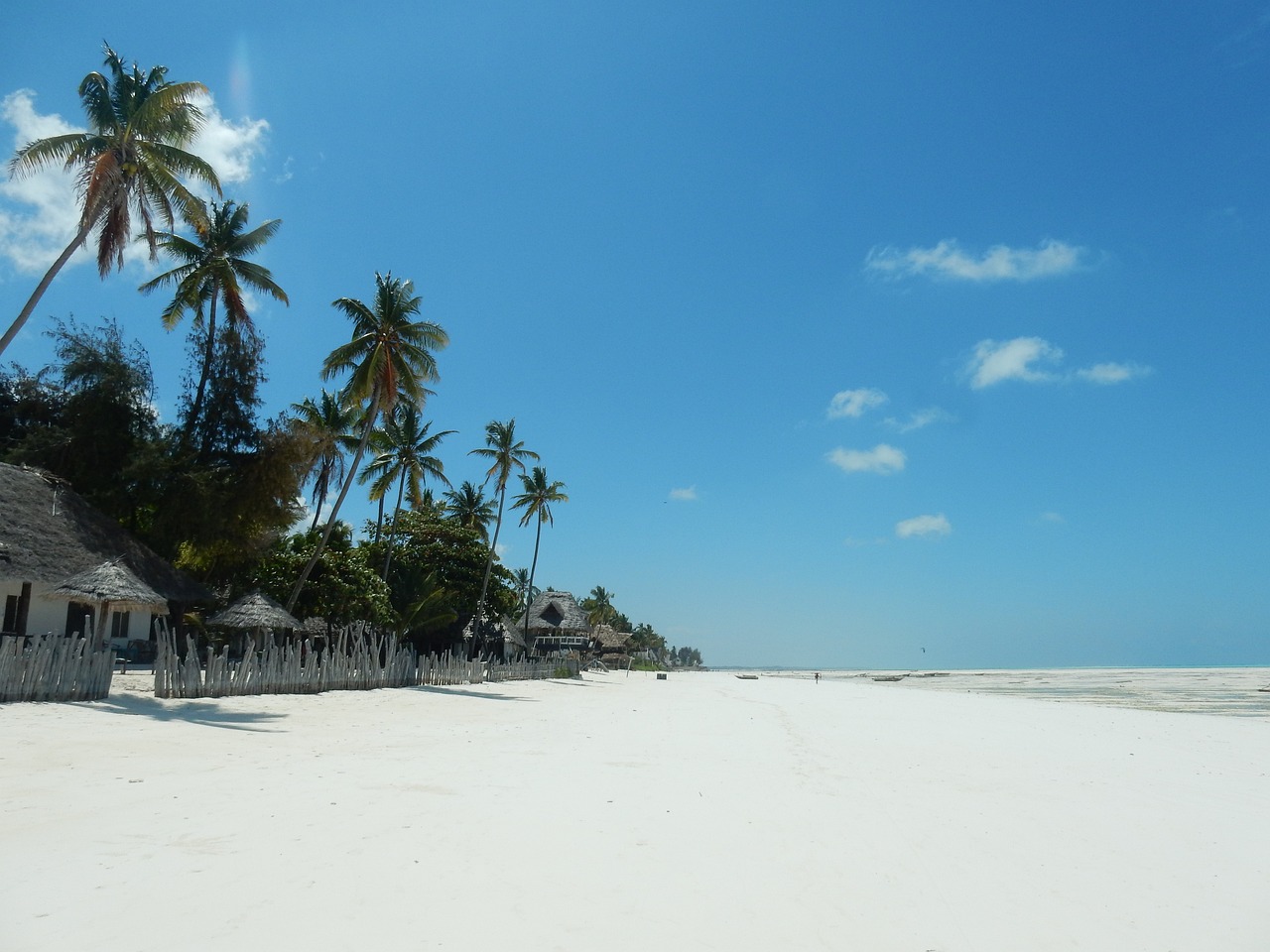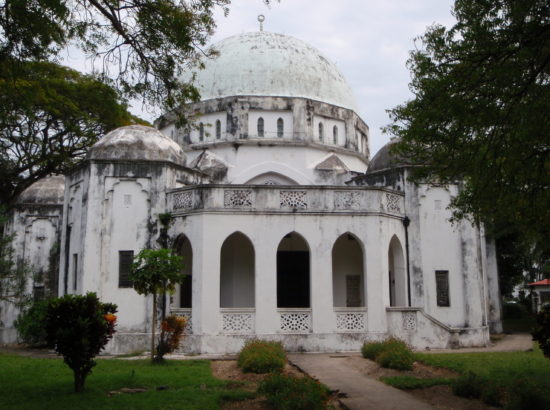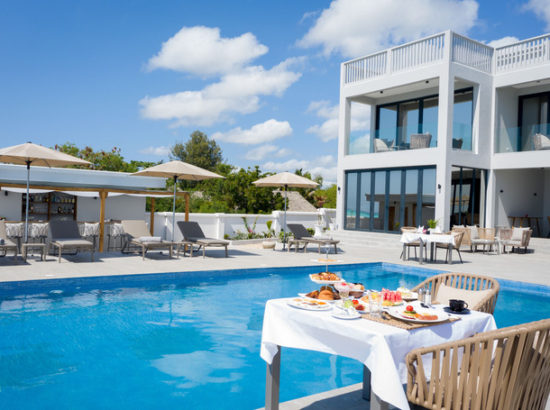Five of the Best Things About Zanzibar
Zanzibar has an allure of mystic. White sands and turquoise waters surround the island, and African, Indian, Arabic and Persian influences intertwine in Stone Town to form a rich cultural backdrop. Zanzibar is an in fact a group of islands, with Unguja as its most famous island. Here are a few tips on the must sees of the island.
The Beaches
Zanzibar’s beaches are some of the best in the world. Fine white sands below the clear turquoise waters, where traditional Arabic dhows sail by, silhouetted against blue skies. Coconut palms wave gently in the breeze. Many visit the island after an arduous dusty safari while others are simply drawn by the beautiful tropical destination. The best beaches are on the south east coast of the island and the very northern tip. While Paje and Jambiani are known for their kitesurfing, they also have a chilled layback vibe and offer beautiful sandbanks and kilometre long stretches of powder sand. Jambiani village offers an insight into local life while the beaches are dotted with small guest houses. In the south of the village is Villa Bluu which is perched on a coral rock and offers impossibly gorgeous views along the coast line and out into the turquoise waters.
Stone Town
Zanzibar Town is the island’s main town, and Stone Town, the historical centre, is its heart and soul. Forodhani, which is located at the water’s edge, offers local street food and has a lively atmosphere where family and tourists gather to enjoy the sunsetting over the ocean. Local food offers at the vendors include grilled skewers of octopus, beef and chicken, as well as soup and rice flour bread.
Opposite Forodhani is the Old Fort which was built by the Omanis who seized power over the Portuguese in 1698. You can also find the House of Wonders, which is a world heritage site since 2000, which is currently being rebuilt after the collapse of the building during renovations. From here you can wind through the alleyways and visit the Palace Museum, the many mosques and the Anglican Cathedral with its East Africa Trade Exhibit. You will eventually end up at Darjani Market, where sellers offer spices, fruit, textiles and more.
Jozani Forest
On your way to Jambiani, you will find the largest forest on the island. Jozani offers a glimpse of the tropical vegetation which covers most of the island. You will also see the famous Red Colobus Monkey which is indigenous to the island. The forest is home to many animals such as duikers, bushbabies and other species of monkeys, as well as over 40 bird species. You should leave a few hours to tour the forest with you guide. There is a lovely forest trail, don’t forget to bring a lot of water.
Spice Tour
Zanzibar is known for its spices. While this is no longer its main trade, it nevertheless is what the island is known for and you can still visit plantations. Take a half day to tour some of the plantations that dot the island where you will get to see, taste and smell many of the spices, herbs and fruits that grow on the island. Zanzibar can in fact grow a lot of fruits and vegetables but the main spices are cinnamon, cloves, vanilla and nutmeg. Tours can be arranged through Villa Bluu.
Diving And Snorkelling
You can dive in most areas of the island. From Jambiani you can dive in the Menai Dive conservation where you have giant coral reefs and has a rich tropical underwater. There are walls and drift dives and a wonderful array of fish. Visibility is good in general and water temperatures vary according to the season but in average is about 27 degrees.
Zanzibar is a magic island and offers everything from beautiful beaches to cultural tours. You can relax all day if that is what you need, however the island also offers much for the tourist looking for action.



